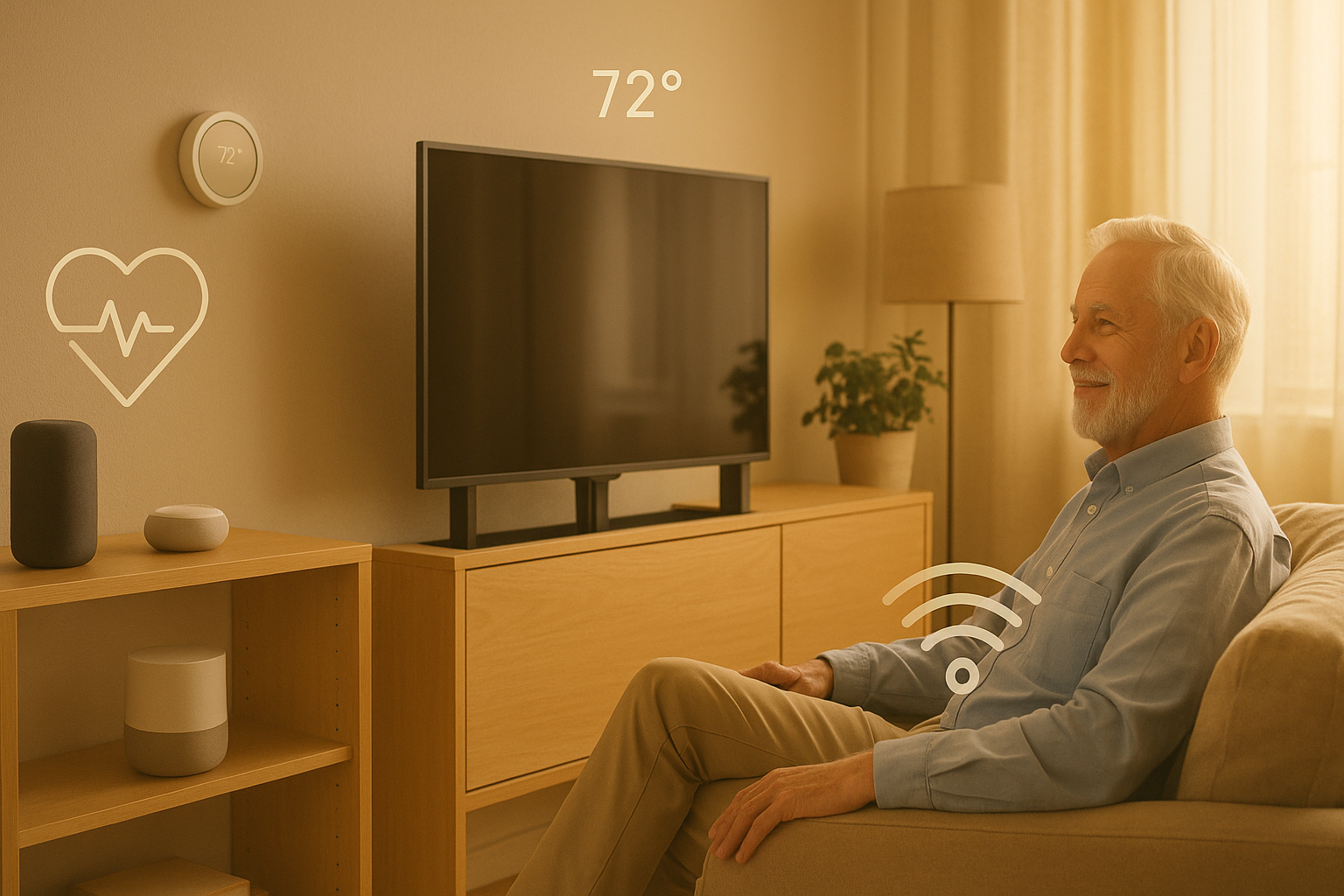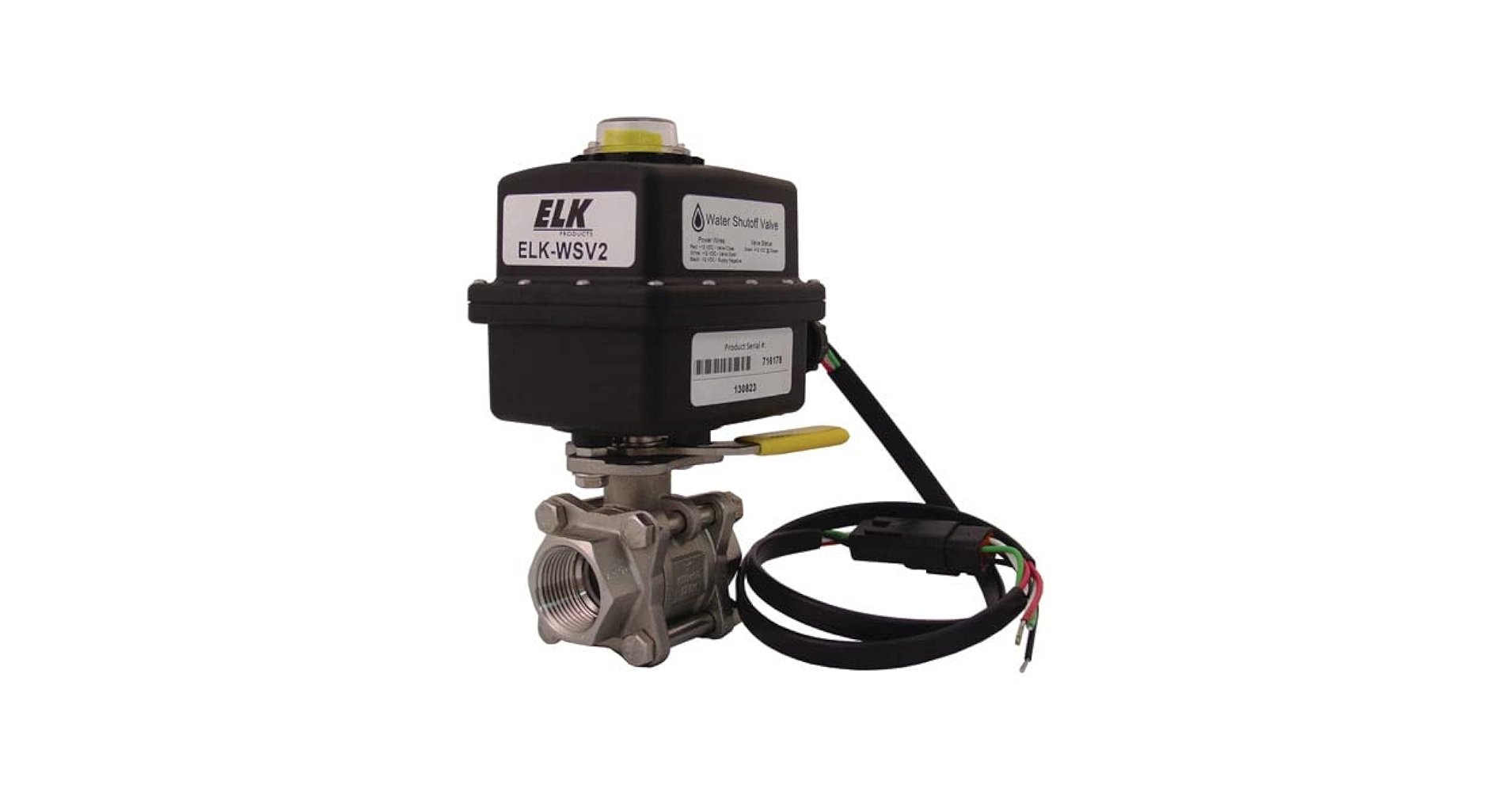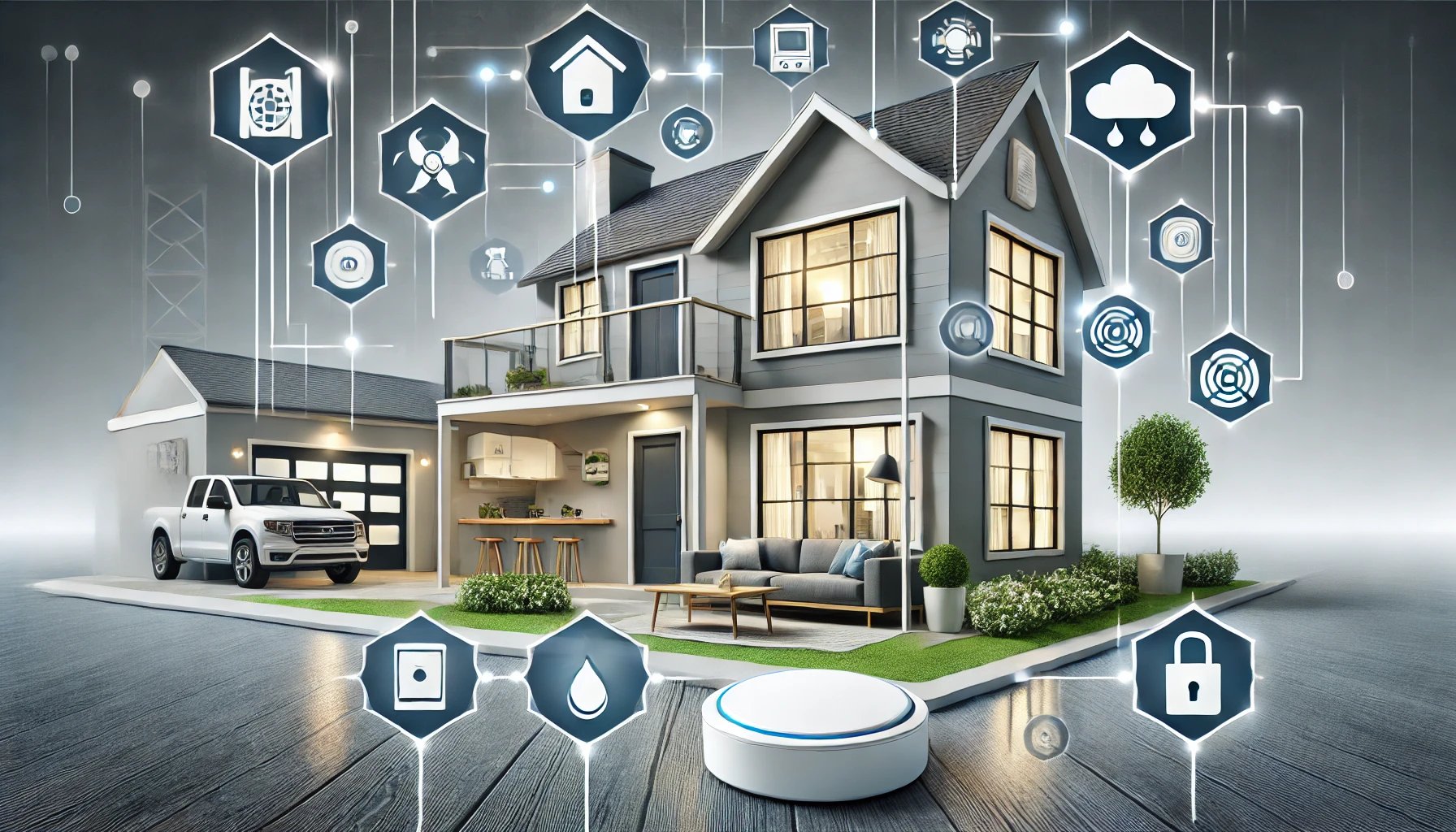Picture this: It’s 6:45 a.m., and your bedroom gradually brightens with a soft, warm glow—no jarring alarm clocks. The thermostat quietly adjusts the temperature, warming the house before your feet even touch the floor. By the time you reach the kitchen, soothing music plays your favorite playlist, and the lights gently match the morning daylight. No buttons. No stress. Just a home that understands you.
This is no longer the future. It’s happening now. And it’s not just about convenience—it’s about well-being.
For homeowners today, smart technology is stepping into a new role—not just automating tasks, but actively contributing to our health, comfort, and safety. From circadian lighting to voice-activated reminders, the latest tech is making homes better suited for aging in place, while helping families care for themselves and their loved ones with more ease and peace of mind.
Let’s explore how smart wellness and aging-in-place technologies are reshaping the home—and how you can start incorporating these innovations into your own life.
Lighting That Supports Your Health—and Safety
You might not think much about lighting beyond flipping a switch, but your body does. The human body is wired to respond to natural light cycles, and when artificial lighting throws that off—too cool at night, too dim in the morning—it can affect everything from sleep to mood to energy levels.
Circadian lighting systems, like those from Lutron, mimic the natural arc of sunlight. Warm, low-intensity light in the morning slowly brightens as the day progresses, then dims and warms again as evening sets in. This subtle change helps regulate your internal clock, which in turn improves sleep quality, alertness, and even mood.
For older adults, this isn’t just about feeling more alert—it can help manage conditions like sundowning, a common late-day confusion experienced by people with dementia. By aligning indoor lighting with natural circadian rhythms, homes become not only more comforting, but therapeutic.
But smart lighting can also be practical. With motion sensors and occupancy-aware systems, like those built into Lutron’s setups, your home can gently light your path at night. A hallway or bathroom that softly illuminates as someone moves through it can significantly reduce the risk of nighttime falls—one of the top causes of injury among seniors.
In a wellness-centered home, lighting doesn’t just illuminate—it actively supports your daily rhythm and safety.
Sound That Heals, Guides, and Connects
A quiet house might sound peaceful, but sound—when thoughtfully used—can be an ally in wellness and safety.
Imagine your home softly playing gentle music in the morning, gradually waking you up. Or calming background sounds in the evening to help unwind. Smart audio systems like Sonance and Sonos go beyond entertainment—they create atmospheres.
But there’s more. These systems can also deliver voice reminders to hydrate, take medications, or attend a scheduled appointment. And because they’re integrated with smart assistants, voice prompts can be personalized and triggered based on time of day or specific routines.
Voice-activated control is especially valuable for older adults or anyone with mobility challenges. Saying, “Play my relaxation playlist” or “Call my daughter” becomes a simple, hands-free experience. No touchscreens, no searching for remotes—just effortless connection.
Sonos speakers also support integration with services like telehealth, allowing for clear communication with healthcare providers, family, or caregivers—enhancing both independence and peace of mind.
Air, Temperature, and Comfort You Don’t Have to Think About
You can’t see the air you breathe, but you certainly feel it. And for those with asthma, allergies, or respiratory conditions, indoor air quality is critical.
Honeywell’s smart thermostats and air systems do more than just adjust temperature. They monitor air quality, humidity, and even pollen counts to ensure that the home environment is not only comfortable but also healthy.
These systems can automatically increase ventilation when indoor air becomes stale or reduce humidity when it’s too damp—conditions that can exacerbate respiratory issues or create environments where mold thrives.
And thanks to geofencing and occupancy detection, your Honeywell thermostat knows when you’re home—and adjusts accordingly. Heading out for the afternoon? The temperature dials down automatically to save energy. Coming back early? Your home begins warming up before you even pull into the driveway.
These small efficiencies add up. Studies show that smart climate control systems can reduce energy bills by up to 30%—all while keeping your living space consistently comfortable.
And for older adults who are more sensitive to temperature swings, automated climate control ensures they stay warm in the winter and cool in the summer, without having to fiddle with complicated controls.
Smarter Networks for Peace of Mind
So much of today’s home technology depends on one thing: a reliable internet connection. But not all Wi-Fi is created equal—especially in larger homes or homes with dozens of connected devices.
That’s where smart networking comes in. Systems from Netgear and Ruckus use AI to manage bandwidth, prioritize devices, and ensure stable, uninterrupted connections.
This matters in subtle but significant ways. Imagine a telehealth appointment that doesn’t freeze halfway through. Or a fall detection alert that sends instantly. Or smart speakers that never lose their connection mid-command.
Even during power outages or when too many devices are streaming at once, these systems intelligently reroute and adjust to keep the most important devices—like cameras, voice assistants, or medical monitors—online and functioning.
For families with aging parents or loved ones living independently, a stable network is more than convenience. It’s security.
Behind the Scenes: Power That Protects
While smart speakers and thermostats get the spotlight, there’s a quiet hero in the background: your power system.
WattBox, a smart power distribution unit, manages your home’s energy usage in real-time. It learns which devices are drawing power, when, and how to optimize their usage. It can automatically shut down unnecessary devices overnight or during peak energy pricing—saving money and preventing wear and tear.
But here’s where it really shines: WattBox systems monitor for power anomalies. If a CPAP machine stops working, or a medical alert system loses connection, WattBox can immediately reboot the device or send a warning notification.
That kind of proactive safeguard can be a literal lifesaver—especially in homes where health devices are part of daily living.
And for caregivers? It means peace of mind knowing that critical equipment is always being watched over.
Motion, Lifts, and Accessibility Without the Clutter
Accessibility doesn’t have to mean hospital beds and grab bars everywhere. Today’s home automation is sleek, stylish, and quietly supportive.
Take Future Automation: They create motorized systems that raise and lower TVs, hide equipment, or open cabinets with a tap or a voice command.
For aging-in-place, this kind of technology can be life-changing. Imagine being able to access high shelves without climbing a stepstool, or adjusting blackout blinds without straining to reach cords.
Motorized blinds can be programmed to open gradually in the morning (helping with light exposure and wake-up cycles) or close automatically at dusk for privacy. Hidden TVs can lower at the touch of a button for entertainment, then disappear when not in use to reduce visual clutter and floor obstacles.
It’s accessibility with dignity—integrated into the design of the home, rather than added on as an afterthought.
A Day in the Life of a Wellness-Centered Smart Home
To really understand how all of this comes together, picture a day in a wellness-optimized home:
- Morning: Your bedroom lights warm slowly as the sun rises. The house warms up, the blinds lift to let in light, and soft music greets you in the kitchen. A voice prompt reminds you to take medication.
- Midday: As you move from room to room, lighting and temperature adjust automatically. Your network prioritizes a scheduled video call with your doctor. Air filters quietly clean the environment as outdoor pollen spikes.
- Evening: Lights dim, blinds close, and the temperature shifts to support restful sleep. The TV lifts out of the cabinet for a family movie night, then retracts when it’s time for bed.
- Overnight: Motion sensors trigger gentle pathway lights if you get up. WattBox ensures your medical devices remain powered. If anything unusual happens, the system sends an alert.
This isn’t luxury—it’s smart, thoughtful living. And it’s all possible today.
Why It Matters—And What’s In It for You
Here’s what wellness and aging-in-place technologies can do for you and your family:
- Better health: Circadian lighting, clean air, and proper temperature support physical and mental well-being.
- More independence: Voice commands and automation reduce the need for physical adjustments—important for anyone with mobility or memory challenges.
- Lower costs: Smart systems conserve energy and catch problems before they become expensive.
- Greater safety: From fall prevention to power monitoring, your home becomes a safer space for everyone.
- Peace of mind: For family members and caregivers, it’s reassurance that their loved ones are supported—even from afar.
Getting Started: Where to Begin
You don’t need to renovate your entire house to benefit from this kind of technology. Start small, and build over time. Here’s a simple path to follow:
- Start with lighting: Install smart bulbs or switches from Lutron that support circadian schedules and motion-activated night lights.
- Add climate control: Upgrade to a Honeywell smart thermostat for better comfort and energy savings.
- Integrate sound: Use Sonos or Sonance speakers to support wellness reminders or music therapy.
- Secure your connection: Install a reliable router from Netgear or Ruckus to handle all your devices without drop-offs.
- Power it smartly: Add a WattBox system to manage power and protect critical devices.
- Make it accessible: Use Future Automation lifts, blinds, or cabinets to make daily tasks easier and safer.
Each step adds comfort, safety, and independence—whether you’re planning to age in place yourself or helping a family member do the same.
Final Thoughts
Smart home technology is evolving—not just to make life more convenient, but to make it healthier, safer, and more human-centered. By focusing on wellness and aging-in-place, you’re not just investing in gadgets—you’re investing in a lifestyle that supports you and your loved ones, now and into the future.
At Xssentials, we believe homes should adapt to their owners—not the other way around. And with thoughtful integration of these technologies, that vision is more achievable than ever.



